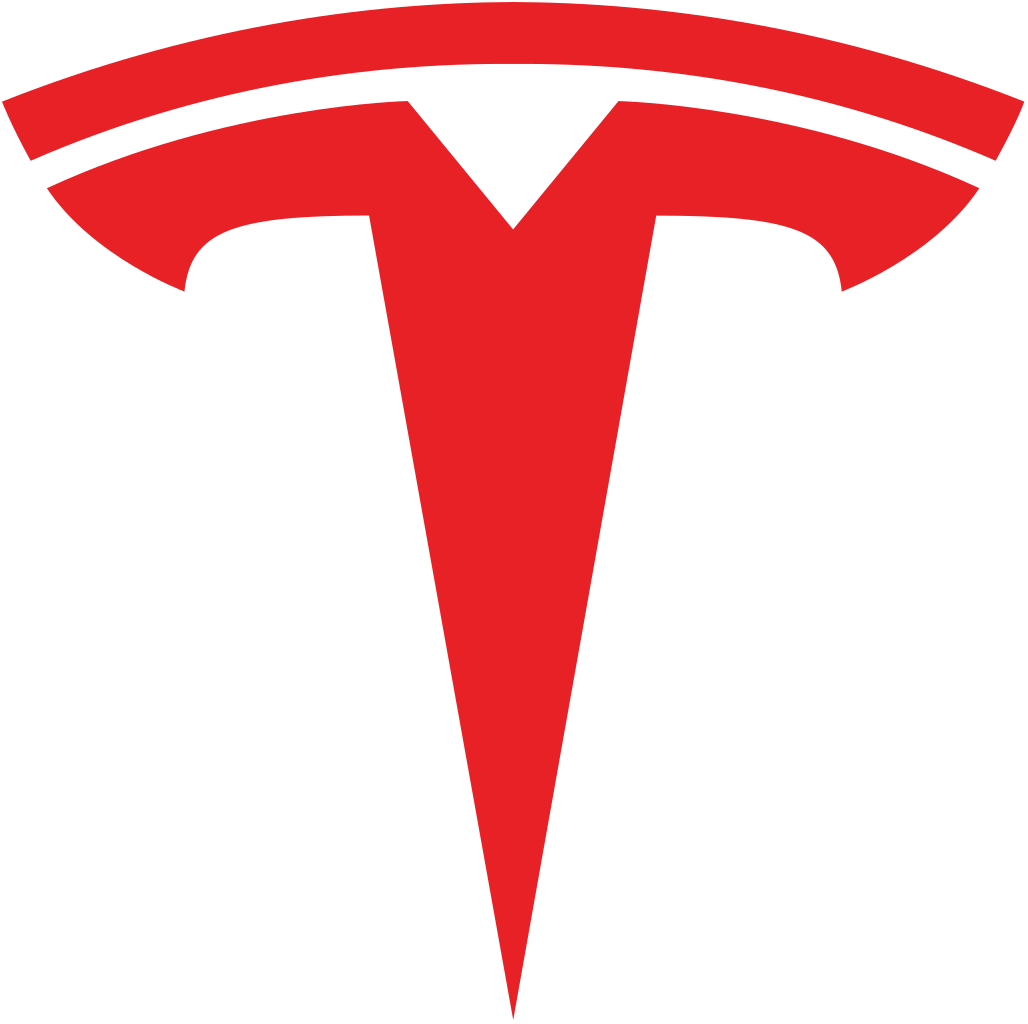Output from this column has been infrequent lately largely because there hasn’t been much substantial Tesla news recently. Indeed, Tesla has its head down in an all-out end-of-the-quarter/end-of-the-year push to produce and as important deliver to buyers new Teslas, particularly Model 3s and Ys.
Meanwhile traditional ICE vehicle manufacturers have been busy pushing out a blizzard of PR pieces and fluff devoid of measurable content about the quantity of electric vehicles they will be producing in the years to come – like 2024 through 2026. Such press releases are usually missing specifics on things such as battery sizes (kWh), EPA rated range, prices, and realistic availability dates. Unfortunately for them, much of the game will be over by those dates. Conservative estimates have Tesla growing at 40% annually, meaning it will be producing about four million vehicles a year in 2026 and over fifteen million vehicles a year in 2030 – in addition to its solar power and energy storage/management, vehicle insurance, Full Self Driving, and Robotaxi businesses, at a minimum.
ICE-powered vehicle manufacturers are also discovering that it is a major engineering effort to design an EV that can successfully compete against Teslas as they are aiming at a constantly improving target – from both an engineered parts content as well as from Tesla’s unique over-the-air (OTA) software upgrades.
Furthermore, as I have often discussed, they are discovering that even if they are serious (ahem!) about EV production, securing an adequate supply of EV batteries for meaningful vehicle production volume is challenging as the entire EV industry struggles to secure contracts with the top five or six EV battery manufacturers who themselves are rapidly expanding their production capabilities to try to keep up with anticipated demand. For example, it appears that Ford has a winning competitor in its new Mustang Mach E. But at least for the first year, they can only produce about 4,000 vehicles a month due to battery supply chain constraints. I estimate that’s less than 2 Mustang Mach Es per Ford dealer per month! Hardly a formula for marketplace success.
A huge Tesla stock newsmaker is this week’s inclusion of Tesla into the S&P 500. As Rob Mauer has pointed out so well in his Tesla Daily YouTube vlogs, using figures from November 25th, S&P Index Funds must by SEC regulations buy some 115,000,000 Tesla shares before the close of trading on Friday December 18, 2020. This is about 15% of Tesla’s stock float of about 760 million shares (before its most recent $5 Billion capital raise). In addition, many if not most of the trading funds that benchmark themselves to the S&P 500 will also buy Tesla shares. The total benchmark shares that could be bought is about 165,000,000 shares representing another 22% of Tesla’s float shares. I am assuming at least 50% of these funds will add Tesla to their portfolios, resulting in another 82,000,000 million Tesla shares being purchased. 100% of the former indexed shares and 50% of the latter benchmarked shares total some 197,000,000 shares, with at least 115,000,000 shares having to be purchased in the next three trading days. Friday December 18th will be wild trading day!!
Most Tesla shareholders are long term investors who have no intention of selling their Tesla stock until at least 2025 to 2030, when the shares are likely to be worth another 5 to 10 times their current value. Moreover, most current Tesla shareholders understand the current situation and are awaiting the huge uptick coming in Tesla’s share price due to a closely held supply and substantially mandated demand. It’s possible that after the opening of trade on Monday December 21st Tesla stocks may drop as the market adjusts and short term traders take their profits. But Tesla’s Q4 results and 2020 fiscal year results in January and February of 2021 will no doubt keep Tesla’s share price maintaining its upward trend. We’ll be back with commentary after this situation plays out next week.
On another front, Tesla recently announced they were temporarily halting production of their S and X models through January 11th, 2021. Naturally, Tesla bears immediately attributed this to a lack of demand for these vehicles. More seasoned and knowledgeable Tesla followers found another meaning for the production halt in Musk’s tweeted and emailed announcements. First, over the past few years, Tesla has discussed several times the need to refresh its models S and X as both designs are somewhat dated. Such a refresh is meant to describe revising not only exterior and interior styling and design, but the upgrading of numerous component features such as the heat pump from the Models 3 and Y, perhaps multiple interior computer screens, double thickness side windows for noise reduction, the one piece casting for front and/or rear chassis construction, perhaps even battery cell-to-structure design as outlined in Tesla’s Battery Day presentation last September, and perhaps even use of Tesla’s new 4680 battery cells.
Second, Elon Musk is well known for providing teasing hints in his tweets for Tesla cognoscenti as to what is coming. Interestingly, Musk used the word “refresh” in his email to Tesla employees describing the S and X shutdown. Here are his exact words: “We would like you to take the opportunity to refresh or spend time with your family……..” There is no doubt in my mind that Tesla is using this shutdown period to reconfigure its production lines and supply chains to produce its refreshed S and X starting January 11, 2021. The results of these product refreshes will be stunning from both visual and performance viewpoints. While these two models will never be high volume products as the Models 3 and Y and forthcoming “2” are/will be, they are Tesla’s “halo” or “flagship” products and strategically critical for maintaining and further advancing Tesla’s global market image.
Tesla recently delayed its Cybertruck introduction until 2022, despite having over 700,000 orders with deposits on these revolutionary vehicles. There are three reasons behind this move. One, Musk wants its new GigaTexas plant to open by focusing on cranking out Model Ys – a product that Tesla already produces in Fremont, Shanghai, and shortly GigaBerlin. Two, the Cybertruck is to be produced using Ultra-Hard 30X Cold-Rolled stainless steel as the monocoque body/chassis structure. This is a new and revolutionary product material and manufacturing process, and it will take some time to work the kinks out of Tesla’s production process in its (also) new Austin plant. Third, we now learn the major reason for the Cybertruck delay. The company Tesla has contracted to for the stainless steel, Steel Dynamics, has to finish its brand new steel plant in Sinton, Texas. What a coincidence that its new state-of-the-art steel plant is located just 182 miles from SpaceX’s Boca Chica rocket complex, and a mere 172 miles from Tesla’s new Austin plant. SpaceX’s Starships will be constructed of the same stainless steel alloy as Tesla’s Cybertruck. Steel Dynamics’ new plant should be in production by the Fall of 2021.
More next week …………………….
Image courtesy of Pixabay
Your feedback in the form of comments or suggestions are welcome in the comment window. Thank you for following my blogs on this site and for participating in my blogging community.




